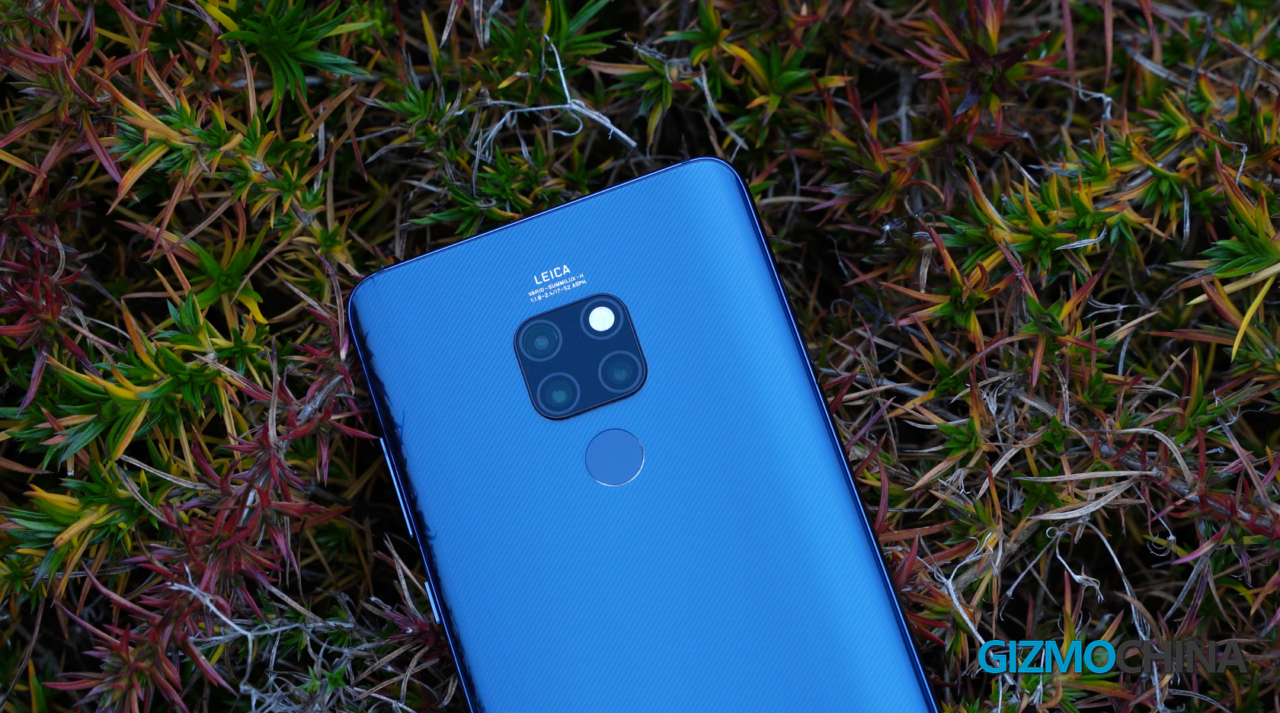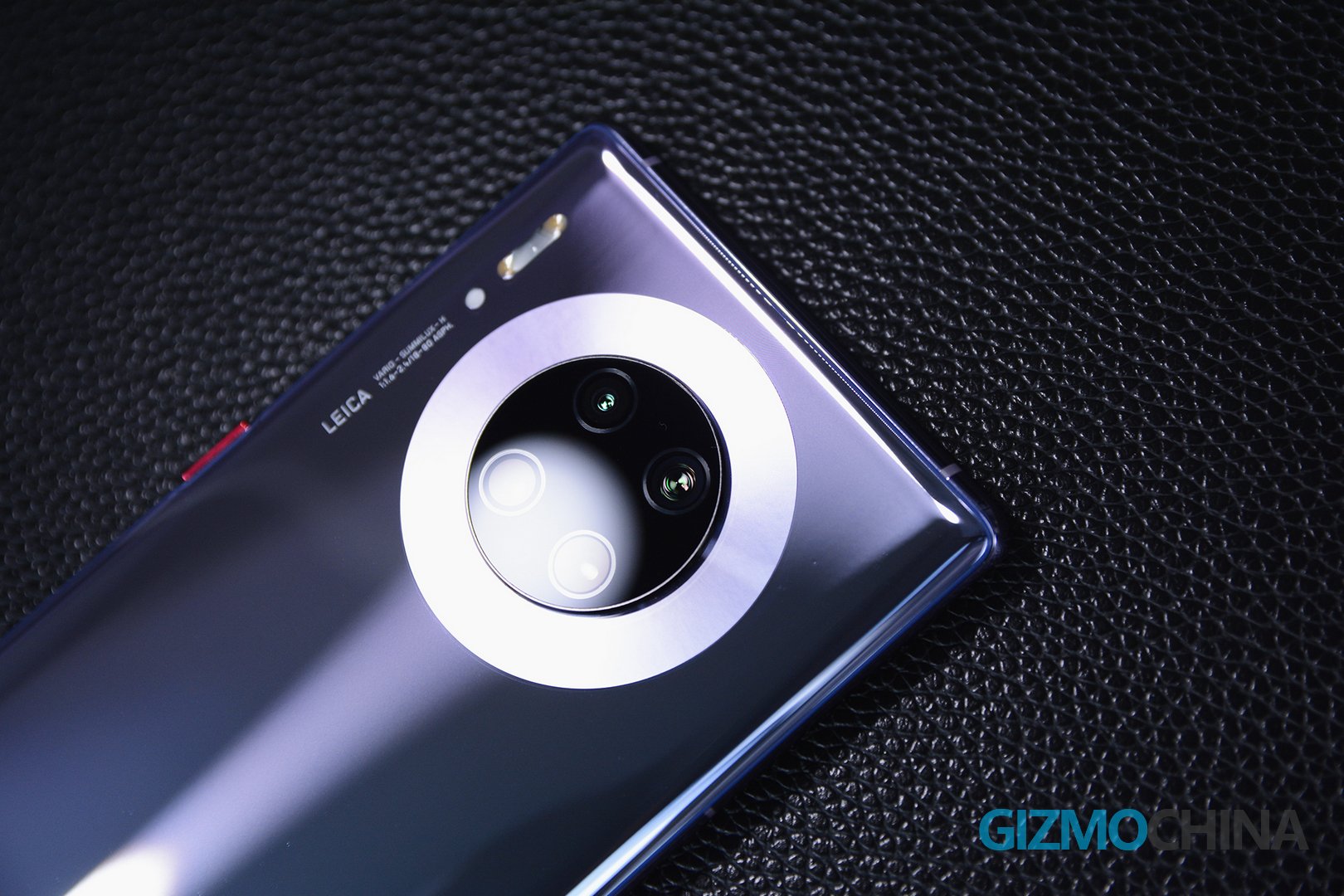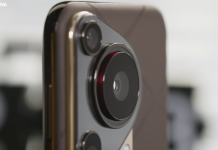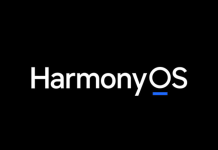It’s been nearly eight months since Huawei was added to the U.S. government’s blacklist, officially known as Entity List. While Huawei has managed to limit the repercussions of the ban so far, it is looking at a tough road ahead. In fact, Huawei executives have admitted that U.S. sanctions are hurting them.

According to the Financial Times, Huawei is finding it hard to replace Google’s applications on its smartphones. Over the past few months, the company has managed to replace most of the equipment from the U.S., but they haven’t found a viable solution to Google services. And they admit that it’ll be years before they can come up with their own alternatives.
Editor’s Pick: Huawei Mate 30 Pro Camera Photography & Video Review: Filmed Entirely By The Phone!
Software remains the biggest headaches for Huawei. Apart from Google applications, Huawei also cannot use Microsoft’s Windows 10 platform that powers its MateBook lineups. In this regard, it recently started selling Linux variants of its laptops on its official store in China. Notably, Huawei’s existing smartphones are allowed to use Google services under the recently granted extension. However, new models such as the Mate 30 Pro cannot officially install and run Google applications. There are workarounds to run Google services on these devices, but its future is uncertain.

Unfortunately, even after eight months since the official ban began, there hasn’t been a resolution between the company and the U.S. government. A lot is riding on the trade talks between China and the U.S., and Huawei’s future as a top smartphone maker depends on how these talks culminate.
It’s not all bad though as there are reports which state that U.S. companies could soon get the green-light to sell to Huawei and Google could be one of them.
UP NEXT: Price leaks for Kirin 980 and Kirin 990 Huawei Mate X models
(Source)







